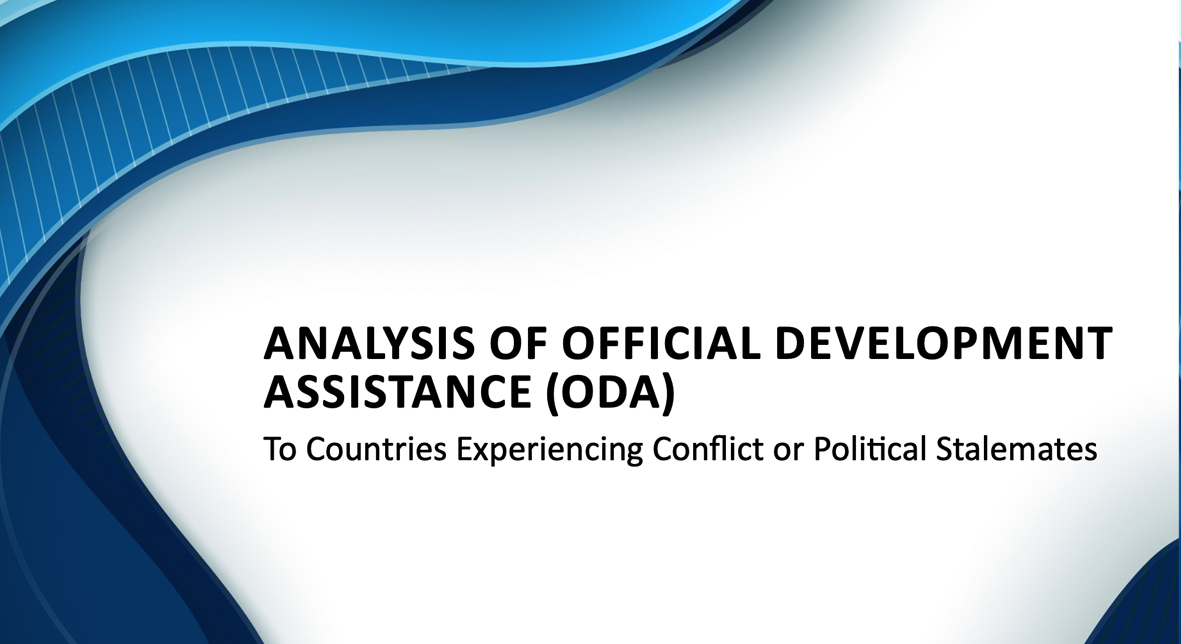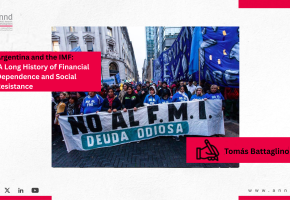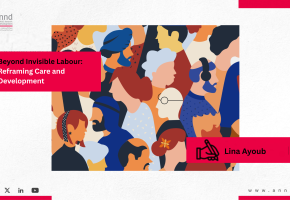

ANALYSIS OF OFFICIAL DEVELOPMENT ASSISTANCE (ODA) - Nassim Abi Ghanem - Click Here to download the full report.
This report provides evidence and detailed analysis of official development assistance (ODA) to countries experiencing conflict or political stalemates. The timing of this report also coincides with the immense necessity of developmental support after the COVID-19 pandemic came as an extra hit to countries entrenched with political, violence and economic crisis. Moreover, the timing of the report also coincides with a five-year assessment of the redefined ODA definition that expanded the mandate to include accounting the support to the security sector and the cancellation of debt as aid money.
By focusing on three cases, Lebanon, Iraq, and Yemen, we were able to indicate a similar pattern of aid distribution that is more concerned with issues of security, refugee placement in host countries and humanitarian relief. Meanwhile, productive and growing development that requires strong political pressure for peace-building, infrastructural reconstruction and coordinating private-public partnerships, are disregarded. The review is divided into six sections. The first section outlines the current state of affairs in terms of crunching the numbers. Section two goes in depth on the role of the private sector that remains unregulated and poorly evaluated on measures of transparency and accountability. The second and third sections tie together the militarization of aid and conditionality procedures that have been significantly on the rise in the past couple of years, mostly evidently in the case of Sudan through the Abraham Accords. Section four discusses in depth, with support from the case studies, how humanitarian relief has been aiding in the continuation of armed violence in the region due to the absence of fair and just mechanisms of distribution. Militias and warring factions are able to use this aid to sustain themselves and regroup. Lastly, in light of the bleak picture, we offer recommendations that can improve the aid distribution process that ensures the channeling of the funds to effective and efficient actual development as well as the political approaches that need to be taken in line with the 2011 Busan High Level meeting principles of effective aid.
Key findings include:
- The fixed ratios of gross national income vary in times of crisis, and with the expansion of the ODA definition to include support to the military, the threshold is met at face value but ineffective to actual development.
- The region, and particularly the selected countries, are stuck in a vicious circle where the citizens are paying the price of the deep political and governmental crisis in their respective states. The conditionality of reform to provide the needed assistance is leaving the ever-day sustenance of the people more difficult rather than pushing political elites into implementing necessary reforms.
- To compensate for that, large humanitarian relief is counterfactually assisting in the continuation of the armed conflict especially when parts of the distribution are controlled by non-state actors.
- Empowering national institutions and allowing local watchdogs to monitor transparency and accountability remains key to ensure the most effective distribution of aid on the short run and the necessary long-term steps for institutional reforms that do not cause further despair to the population.
ANALYSIS OF OFFICIAL DEVELOPMENT ASSISTANCE (ODA) - Nassim Abi Ghanem - Click Here to download the full report.
Recent publications

